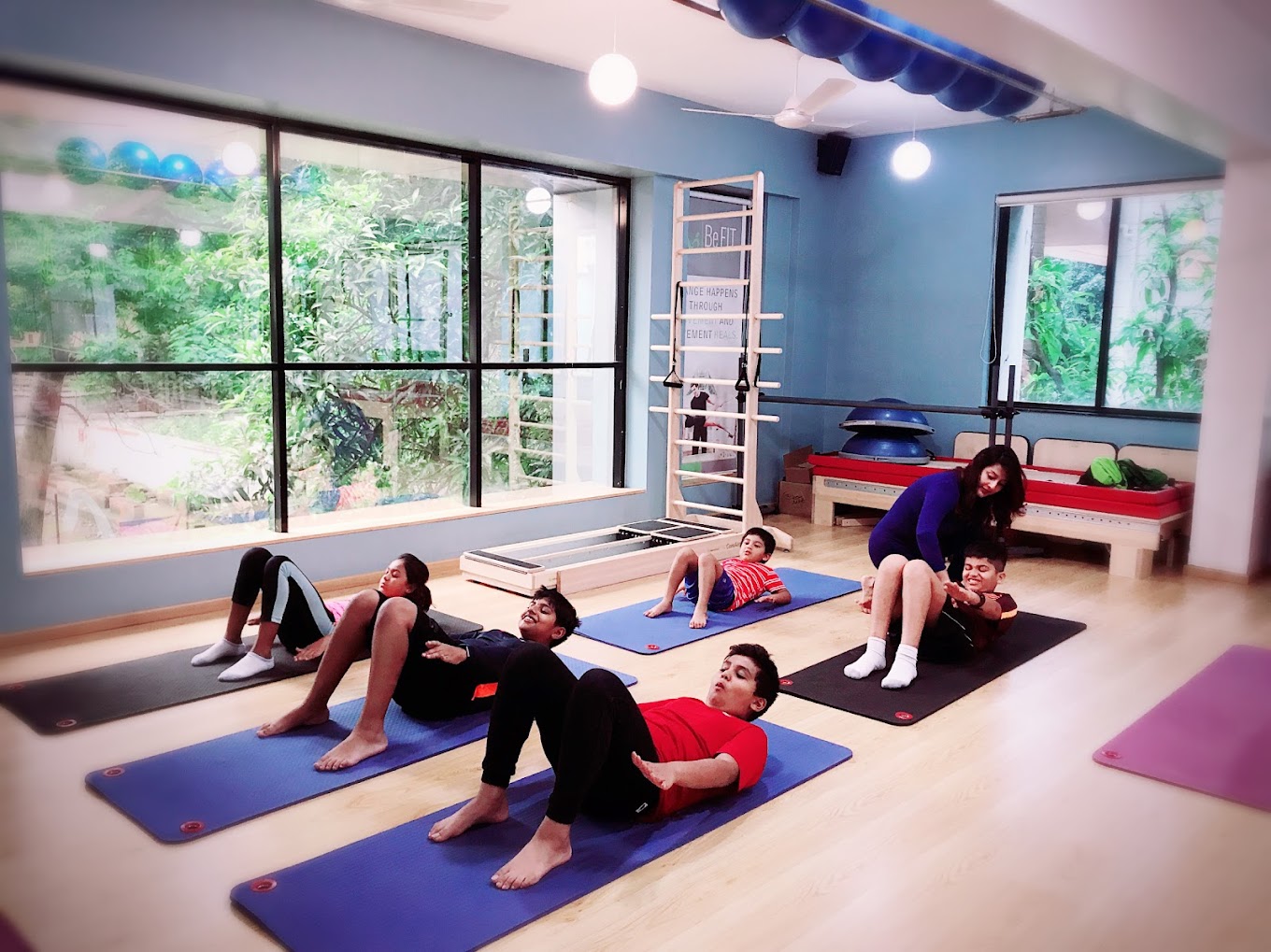In the realm of mind-body fitness, Pilates has carved a unique niche — and at the heart of this method lies the Reformer. This versatile piece of equipment has revolutionized how people improve core strength, flexibility, and alignment. But while using a Reformer offers many benefits, teaching others to use it requires more than just familiarity — it demands expertise, confidence, and a strong educational foundation. That’s where Reformer teacher training comes into play.
Whether you’re a fitness enthusiast aiming to turn your passion into a career, or a seasoned instructor expanding your toolkit, understanding what Reformer teacher training entails can help you make informed choices and embrace a new journey in professional development.
What Is Reformer Teacher Training?
Reformer teacher training is a structured educational program that equips individuals with the knowledge and skills needed to instruct Pilates classes using the Reformer machine. This is no casual weekend crash course. A reputable program dives into anatomy, movement science, exercise sequencing, cueing techniques, safety protocols, and client assessment.
Unlike mat-based Pilates, which relies solely on body weight and floor exercises, the Reformer introduces springs, pulleys, and a moving carriage — all of which add complexity and versatility. Teaching with this machine demands a solid understanding of biomechanics and precise instruction to ensure client safety and progress.
Why Choose Reformer Training?
1. High Demand in the Fitness Industry
The wellness industry continues to grow, and so does the demand for qualified Reformer instructors. Studios, wellness centers, and even rehabilitation clinics seek instructors who can confidently guide clients on the Reformer. Training opens doors to diverse job opportunities, both locally and internationally.
2. Deeper Understanding of Pilates Principles
Teacher training pushes you beyond just “doing” exercises. It helps you dissect and analyze the core principles of Pilates: control, concentration, centering, precision, breath, and flow. These principles are the DNA of every Reformer class — and understanding them at a cellular level improves both teaching and practice.
3. Professional Credibility
Being a certified Reformer instructor adds weight to your resume. It signals to employers and clients that you’ve undergone rigorous education and are equipped to deliver safe and effective sessions. Many training programs are aligned with international standards like those set by the PMI (Pilates Method International) or PMA (Pilates Method Alliance).
Key Components of Reformer Teacher Training
Let’s break down what a comprehensive Reformer teacher training program typically includes:
1. Anatomy and Physiology
Before you can instruct movements, you need to understand the human body. Training includes muscular and skeletal systems, common injuries, movement mechanics, and posture analysis. This foundation helps instructors modify exercises for diverse body types and needs.
2. Equipment Mastery
From learning how to set spring resistance to understanding carriage movement, foot bar positions, and strap variations — trainers gain full command over the Reformer machine. You’ll learn how to use every component to support or challenge clients based on their fitness level.
3. Exercise Repertoire
You’ll study a broad range of exercises, from fundamental to advanced levels. Each movement is dissected for purpose, benefits, contraindications, and progression options. Expect to learn exercises like Footwork Series, Long Stretch, Short Spine, Elephant, Knee Stretch, and more.
4. Cueing and Communication
Great instructors aren’t just technically knowledgeable — they’re exceptional communicators. Cueing involves delivering clear, concise, and purposeful instructions. You’ll also learn how to use tactile, visual, and verbal cues to enhance client understanding.
5. Class Planning and Sequencing
You’ll discover how to design balanced, goal-oriented Reformer sessions. Whether for private clients, group classes, or special populations (seniors, prenatal, post-rehab), sequencing skills are essential to create flow and maintain engagement.
6. Practice and Teaching Hours
Most programs require a minimum number of practice hours (both self-practice and teaching practice). This ensures hands-on experience and builds teaching confidence. Mentorship and peer feedback further refine your instructional style.
Choosing the Right Training Program
Not all teacher training programs are created equal. When selecting one, consider the following factors:
● Accreditation and Reputation
Opt for a program affiliated with a recognized Pilates organization. This ensures curriculum quality and global acceptance of your certification.
● Instructor Credentials
Who’s teaching the course? Look for trainers with substantial experience, strong educational backgrounds, and a passion for teaching.
● Curriculum Scope
Some programs focus only on beginner to intermediate levels, while others include advanced exercises and variations. Choose based on your long-term goals.
● Flexible Format
Many institutions offer weekend, intensive, or online-hybrid options. Select a format that fits your schedule but doesn’t compromise on quality.
Career Path After Certification
Once certified, your career possibilities broaden significantly. Some common paths include:
- Studio Instructor: Teach group Reformer classes at Pilates studios or fitness centers.
- Private Trainer: Offer one-on-one sessions, often at higher rates.
- Rehabilitation Support: Work in tandem with physiotherapists to help clients recover mobility.
- Corporate Wellness Consultant: Bring Reformer Pilates into workplace wellness programs.
- Entrepreneur: Open your own studio or offer mobile sessions with a portable Reformer.
Additionally, you can continue learning with specialty courses (e.g., prenatal Pilates, athletic conditioning, or Reformer Tower work) to deepen your niche and increase earning potential.
Challenges & Rewards
Reformer teacher training is demanding. It requires commitment, time, and mental stamina. Memorizing exercises, understanding anatomy, and learning to teach with confidence can feel overwhelming at first.
But the rewards are equally significant. Watching clients progress, helping someone regain mobility, or simply guiding a stressed-out individual to feel better in their body is incredibly fulfilling. You’re not just teaching movement; you’re creating transformation.
Final Thoughts
Reformer teacher training isn’t just a career move — it’s a personal evolution. It invites you to master your own body while learning to guide others with clarity, empathy, and precision. The process fosters resilience, creativity, and a sense of purpose that few professions can match.
If you’re someone who finds joy in movement, thrives on human connection, and values lifelong learning, becoming a Reformer instructor could be your next powerful step. Invest in quality education, stay curious, and remember: every great teacher was once a passionate student.



